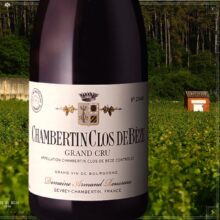
Product information
Domaine Armand Rousseau Grand Cru ‘Clos de Bèze’ 1999
Pinot Noir from Gevrey-Chambertin, France, Côte-de-Nuits, Burgundy
Description
Price on Application – Contact us.
Full ruby-red. Extraordinarily perfumed, profound nose combines tangy black raspberry, rose petal, coffee and game; essence of Cote de Nuits pinot noir. Lush, sweet and seamless; wonderfully silky and aromatic in the mouth. Truly palate-staining wine, with compelling sweetness and smooth, thoroughly buffered tannins.
Stephen Tanzer, Vinous 94+ Points Tasted Mar 2002
The medium to dark ruby-colored 1999 Chambertin Clos de Beze has a beguiling perfume of red cherry and violet. It is medium to full-bodied, elegant, and unctuously textured. This juicy, sweet red cherry, currant, and raspberry-flavored wine has impeccably ripened tannins detectable in its exceptionally long and delineated finish. Anticipated maturity: 2004-2012.
Pierre Rovani, The Wine Advocate 92-95 Points Tasted Aug 2001
The ’99 Bèze just continues to get better and better with every passing year. A flat out gorgeously complex nose is comprised by spice, earth, minerality and still fresh red and black pinot fruit aromas. There is excellent richness to the intense and beautifully well-delineated medium-bodied flavors that are blessed with plenty of mouth coating dry extract that confers a seductive texture onto the strikingly persistent finish. Like the ’99 Chambertin, while this could be drunk now I would strongly advise holding it for at least another 5 years and 10 would probably be better. Tasted many times and this only seems to go from strength to strength. In a word, exquisite. Tasted twice in both 2016 and 2017 with multiple and consistent notes since release.
Allen Meadows, Burghound 97 Points Tasted Jul 2017 Drink: Try from 2024+
Provenance: Purchased on Release ~ Official Australian Importer ~ Climate Controlled Cellar. Bottle shots below show fill height and condition.
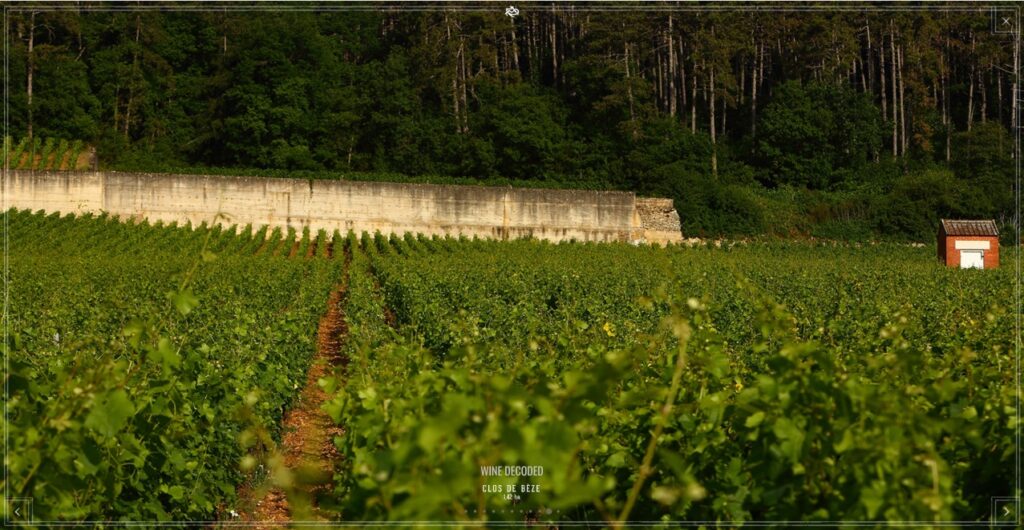








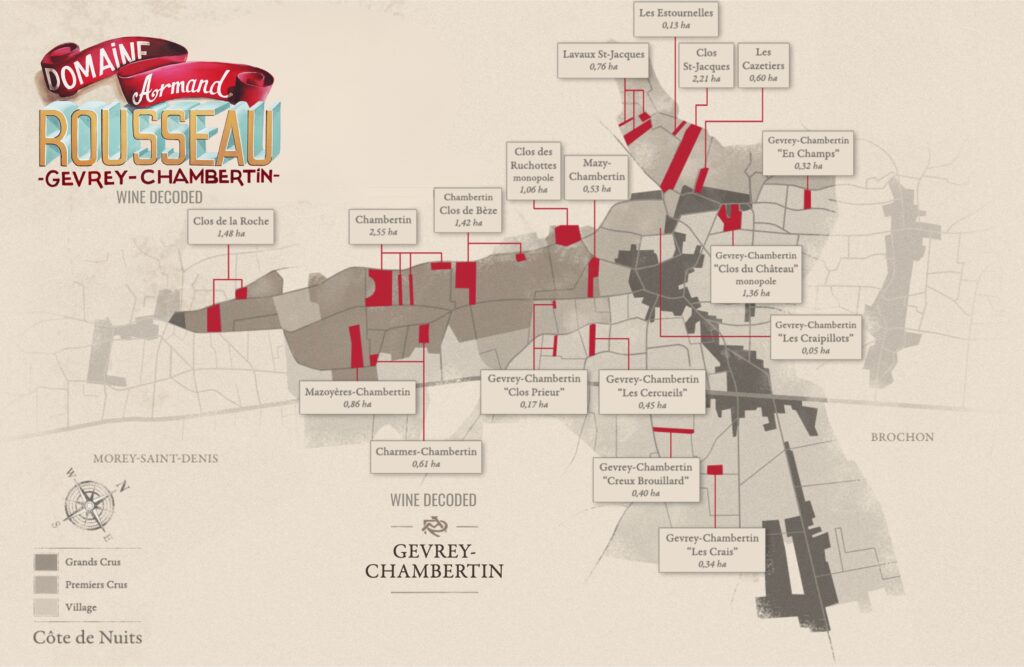
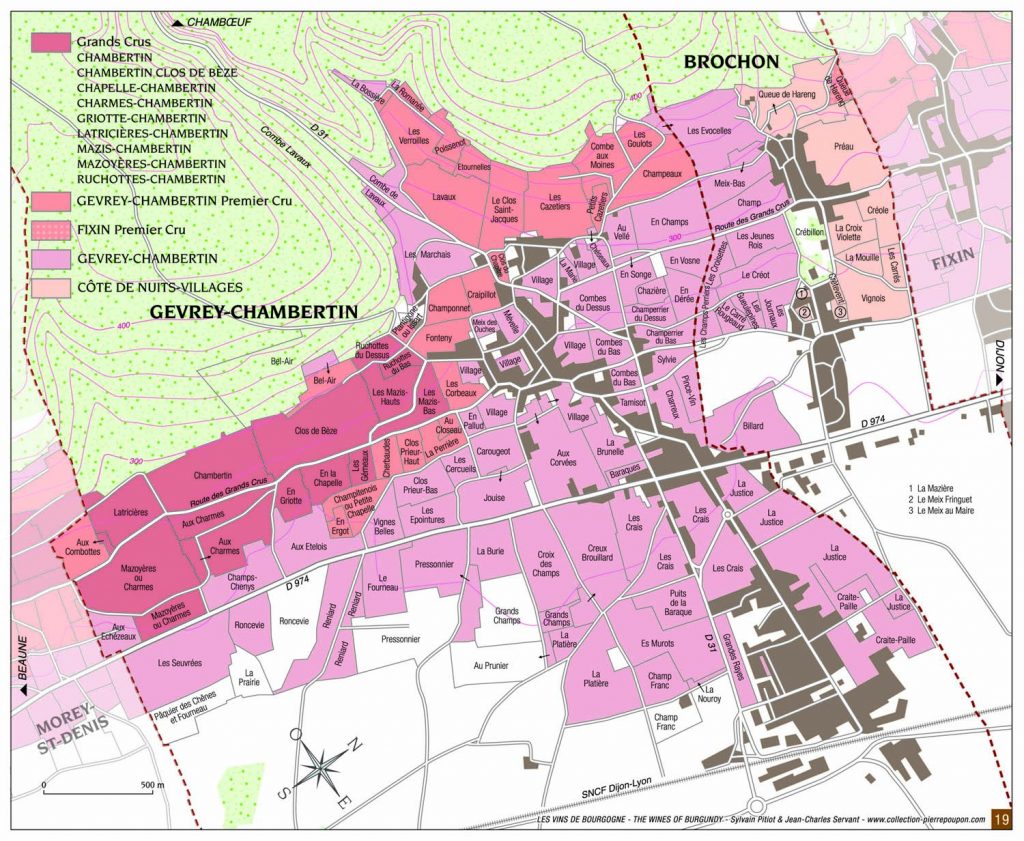
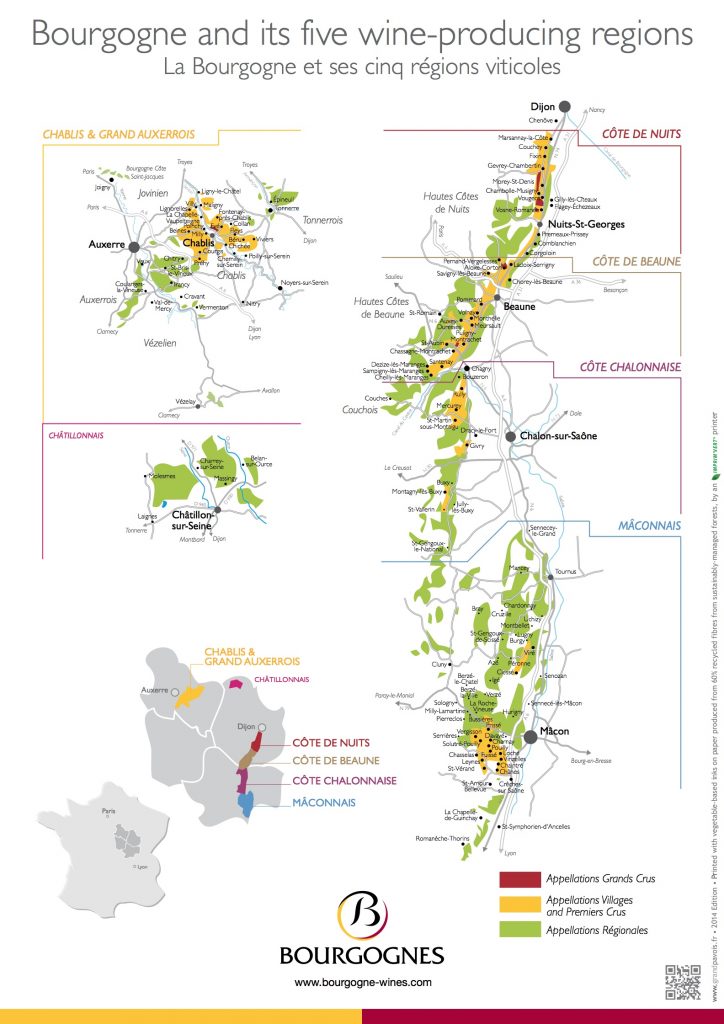
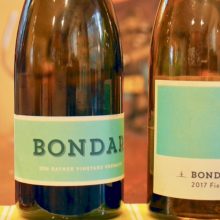
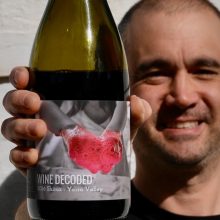
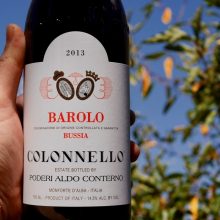
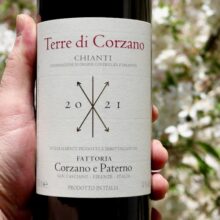
You must be logged in to post a comment.